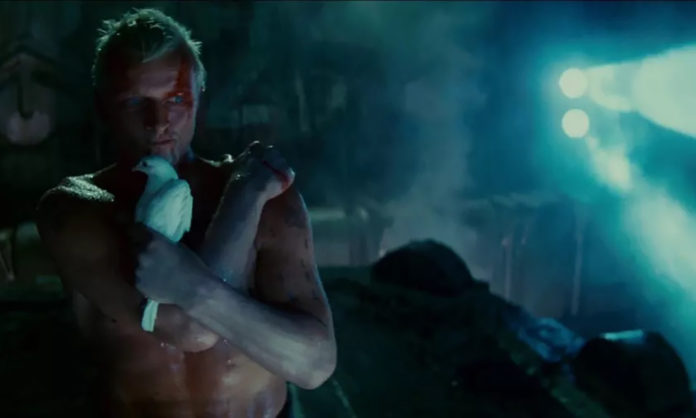In an article for Writer’s Digest, Hunter Liguore says that understanding your villain’s motivations and weak spots can help you create compelling bad guys. “At the heart of a good villain, we find all the very best traits of being human gone wrong—the more human a writer can portray a villain, the more engaging to the reader, who wants to believe justice will triumph,” she writes. Liguore suggests your villain’s development follow seven critical steps:
- The Encounter. Who or what did your villain encounter that provided a solution to their problem or goal? What choice set them on the path of villainy? In other words, what is the inciting event that created your villain?
- The Opportunity. Next, your villain should encounter a rare, once-in-a-lifetime opportunity that will give them an immediate boost.
- The Dastardly Decision. At this turning point, your villain makes a decision to continue their path of wrongdoing, as a means of achieving their goal.
- The Human Regret. At some juncture, your villain should have a moment of regret and indecision. Will he follow through on his grand plan or try to fix things?
- The Full Commitment. In most fiction, the villain chooses to continue, or feels that he has no other choice. Circumstances might present only bad options, giving your villain the motivation to choose what benefits him the most.
- The Great Fall. After the final choice and commitment, the villain makes his great moral fall. No morality remains within.
- The Final Consequence. Depending on the type of story you’re writing, the villain faces the consequences of his actions, or does not.












